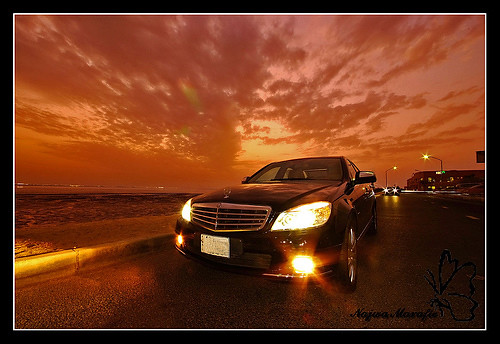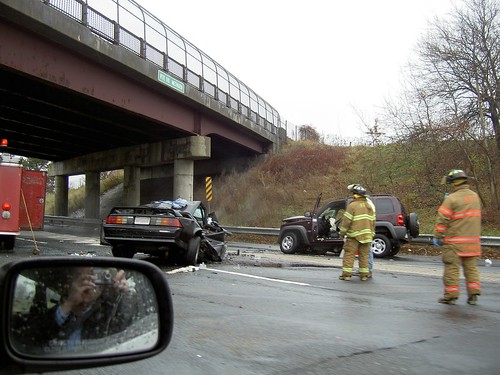US Government put its money where its mouth is; Orders $285 Million In New Cars From Detroit
(Source: Jalopnik, Freep & World Car Fans)
Looks like American automakers have found at least one more buyer for their vehicles. The U.S. government is planning on the purchase of $285 million worth of fleet vehicles that get better gas mileage than the current fleet. Under the plan, the General Services Administration will purchase more than 17,500 vehicles as a part of their existing deals with Chrysler, Ford, and General Motors.
U.S. President Barack Obama, and his administration, have said the purchases will take place by 1 June. Although it is unclear what will happen to the older fleet vehicles being replaced, many will likely be sold at government auctions.
The purchase is hardly a surprise. In the much talked about stimulus package approved by Congress, $300 million was included for the automotive purchase. This is not a gigantic purchase in the grand scheme of things, as the Big Three sold a combined total of 380,000 vehicles for March 2009. Still, the move may help to bolster confidence in the sector, while even a marginal increase in revenue would be welcomed by the automakers.
More than 14% of the vehicles will be hybrid sedans. 2,500 orders for the vehicles, which will likely include the Chevy Malibu, Ford Hybrid Fusion, and Saturn Aura, will be placed by the end of next week.

Image: Jalopnik
If nothing else, the move underscores the administration’s willingness to put its money where its mouth is: Last week, Obama sent GM and Chrysler back to the drawing board, saying they needed more aggressive restructuring plans if they were to get more government loans to survive.
But he also promised this big government buy of fuel-efficient vehicles and created a special office to help communities in Michigan and elsewhere struggling with the downturn in the industry. In a prepared statement released today along with details of the planned purchases, Obama said, “The problems that caused this economic crisis weren’t created in a day and it will take time and hard work to get our economy back on track. But I am 100% committed to a strong American auto industry, and we will stand with America’s auto workers and their families during these difficult times.”









